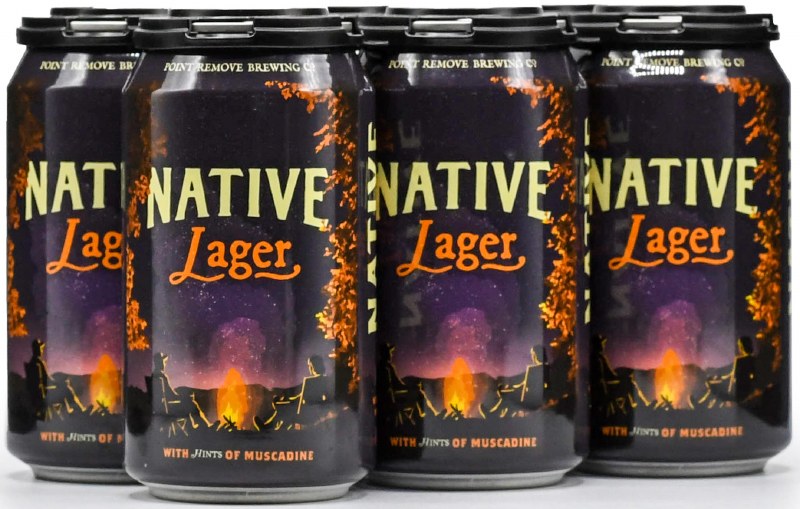

To install wine the following command can be used īrew install -cask -no-quarantine (selected wine package) Winehq packages can be installed using homebrew One factor that you should be mindful of is that bottle conditioning becomes difficult when too little yeast is present and impossible when there is none! Some brewers who bottle condition actually filter their beers “bright” and then add a small dose of healthy yeast along with priming sugar just prior to bottling.Translations of this page: Français (Translators, please see Discussion page.) By reducing the amount of yeast in beer you can worry less about autolysis (yeast death) and will also have a clearer beer that better displays the colors of the malts used in the brew. Whether you rely on cold storage, isinglass or filtration, you can reduce your yeast load. Some styles, like hefeweizen, cask ale and bottle- conditioned beers, are unfiltered, but you will find that most other styles are typically filtered. Most commercial beers are filtered to produce a brilliant beer. While this can happen if certain types of filters are used, especially membrane filters, it is the exception. Detractors of filtration claim that it strips flavor and color from beer and makes beer taste watery. I have heard countless brewers, both commercial and hobbyist, bash filtration. However, when the process of filtration is carefully and properly performed, the result can be very gratifying. Few homebrewers filter their beer because filtration equipment is usually on the expensive side and, if done improperly, filtering can quickly ruin great beer. The last common option available is filtration. I have always wondered how this practice first got started! They can simply be re-hydrated in water before use to make preparation easier. There are some isinglass preparations available today that are treated with the acid buffer and then dried. When you add this solution to beer, the collagen will act like a big net to bind yeast cells and drag them to the bottom of the fermenter. When hydrated in an acid buffer solution, the collagen protein becomes positively charged. Isinglass finings are a very pure form of collagen and are derived from fish swim bladders. A more active approach to yeast removal is to use a fining agent, such as isinglass.

In a commercial brewery, the settling time takes weeks, but, luckily for homebrewers, the beer depth in a carboy is about two feet and the settling time is measured in days, rather than in weeks.ĭepending on the flocculation characteristics of the yeast strain, this method may produce clear beer or it may do very little to improve clarity. The great part of having chill haze at this stage of the game is that it will settle to the bottom of the fermenter. Chilling your beer will also help to promote a reaction between proteins and tannins or polyphenols that results in chill haze. The most obvious effect of chilling is that a big portion of the total yeast in suspension will “flocculate” or drop to the bottom of the fermenter. Chilling your beer will accomplish several important things. One of the best ways for homebrewers to clarify beer is to simply move the carboy to a refrigerator and hold it cold (38 ☏/3.3 ☌ is ideal, but anything colder than the final serving temperature should work) for at least a week.


 0 kommentar(er)
0 kommentar(er)
